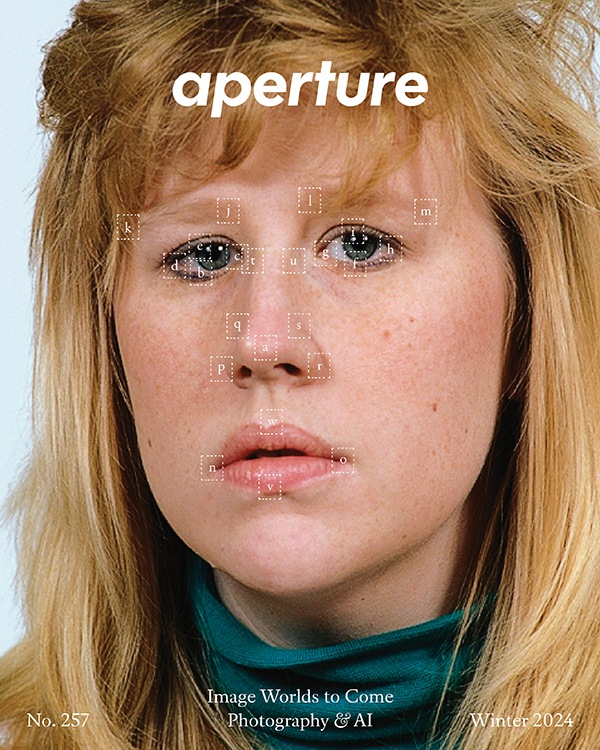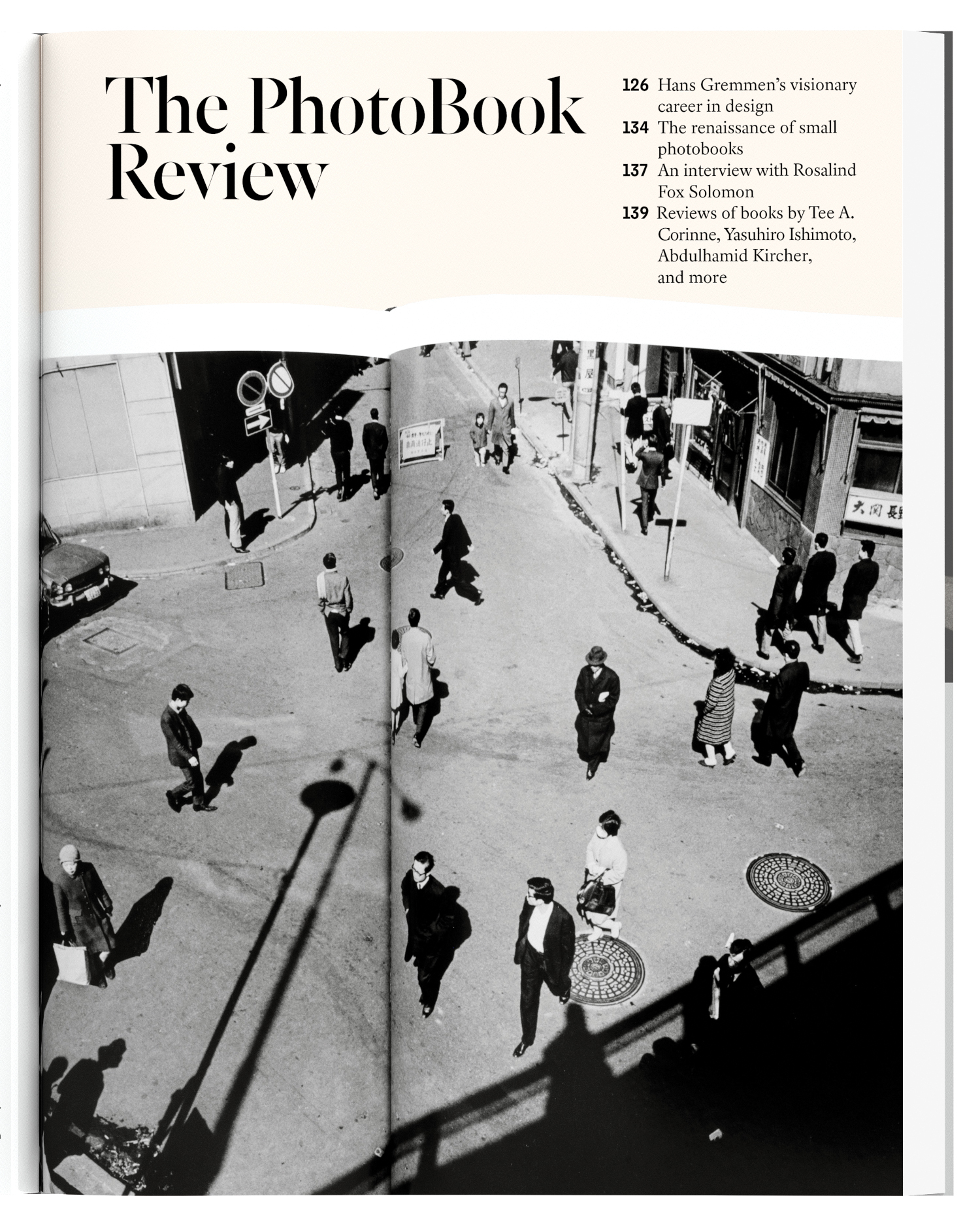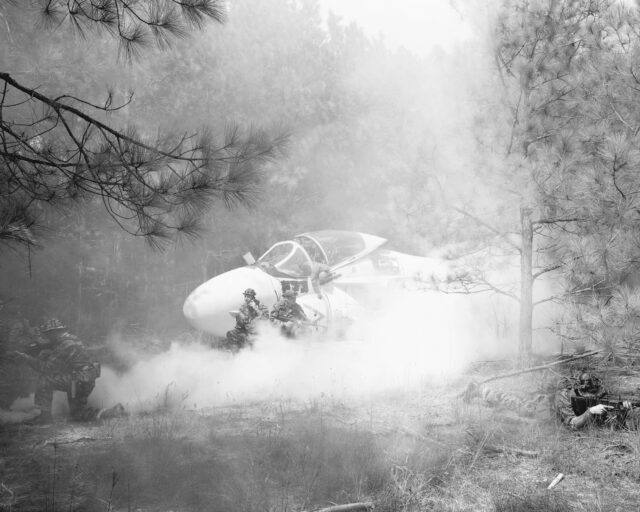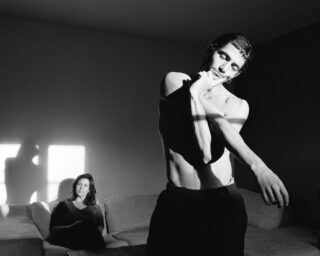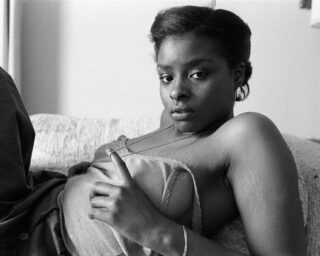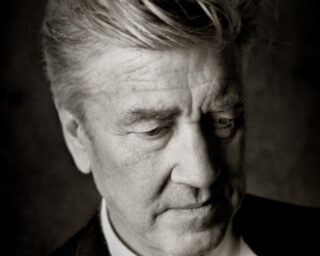How Do We See War?
In the age of drone strikes and nuclear threats, artists such as An-My Lê and Peter van Agtmael challenge expectations of photographing conflict.

Peter van Agtmael, A Marine with a Village Elder, Helmand Province, Afghanistan, 2009
© the artist/Magnum Photos
“I gravitate toward situations that are complicated and in some ways overwhelm my capacity to describe,” explains An-My Lê, whose photographs of Vietnam War reenactments are currently on view in Before the Event/After the Fact: Contemporary Perspectives on War at the Yale University Art Gallery. The exhibition interrogates the space where the limits of representation structure our ideas about war. It’s a space occupied by Peter van Agtmael’s photographs of the U.S.’s presence in Iraq and Afghanistan—a space where, as the curator Judy Ditner noted, the works “challenge our expectations of what a war photograph is” and raise questions about “how photography wields power, and how that can be disrupted.”
In Before the Event, Lê’s works stand alongside images made by the collaborative duo Adam Broomberg and Oliver Chanarin, who were embedded in the British army and whose project, The Day That Nobody Died (2008), deals with the military’s restriction of the work the photographers could produce. Elsewhere, Harun Farocki’s videos investigate military training software, while the design studio SITU Research endeavors to analyze public spaces, using video and photography to establish accountability in events of civil unrest. In August, Ditner led me through the installation as we spoke about the five contributors’ approaches to representing war and the stakes in making images about conflict.
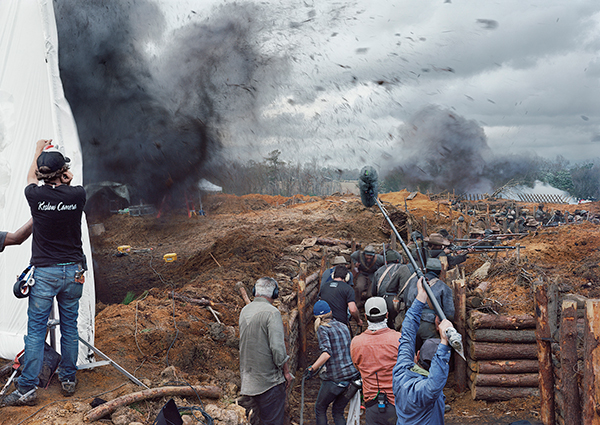
An-My Lê, Film Set (“Free State of Jones”), Battle of Corinth, Bush, Louisiana, 2015
Courtesy STX Entertainment
Carly Lovejoy: Before the Event poses questions about how to represent conflict in a way that is useful for interpreting all the images we’re confronted with in the media.
Judy Ditner: I think that’s true. The exhibition focuses on works that were made since 2000, in large part addressing ongoing conflicts and current issues. The artists challenge our knowledge and expectations of the military operations that they depict: the ongoing American and British presence in Afghanistan and Iraq, the civil and political unrest in Ukraine, the Israel–Palestine conflict, and events that persist in the American psyche, from the Civil War to Vietnam. These works take a conceptual approach to the problem of representing war, attempting to think or beyond mass media images of recent conflicts.
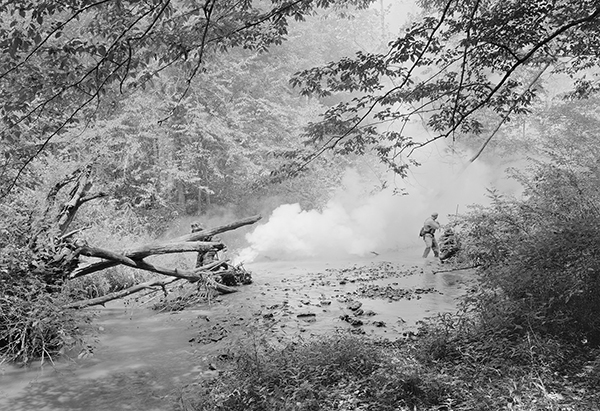
An-My Lê, Ambush II, from the series Small Wars, 1999-2002
© and courtesy the artist
Lovejoy: Why did you want visitors to encounter An-My Lê’s photographs at the outset of the exhibition?
Ditner: We tend to think of war photography as capturing either a fatal moment or the height of action, but a lot of this work shows the banal aspects of military life. In Before the Event/After the Fact, most of the images depict the training and preparation for war, or the long process of sorting out the events and our responses to them afterwards. Lê’s works establish the exhibition’s themes. She has two series on view, both of which appear to record scenes of combat. The first, from her series Small Wars (1999–2000) depicts a group of Vietnam War re-enactors, in the Virginia countryside. The Civil War is the ostensible subject Lê’s other two photographs—made on the set of Free State of Jones, a Civil War movie released in 2016—but really there’s a larger question about representation as a means of understanding this history, and the ways in which this conflict continues to impact politics and social relations in America.
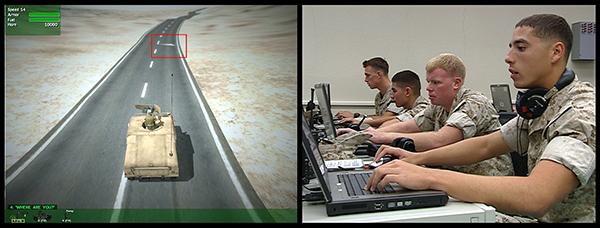
Harun Farocki, still from Serious Games I: Watson Is Down, 2009
© the artist
Lovejoy: Harun Farocki’s two videos Serious Games I and Serious Games IV reveal how the government digitally imagines the wars in Iraq and Afghanistan. Can you speak about these pieces?
Ditner: Farocki’s project Serious Games I–IV was filmed in 2010 at Twentynine Palms, the Marine training base in southern California and at Fort Louis, near Seattle. The videos show how first-person computer game software and virtual reality programs are used to train young Marines for combat and to train therapists to work with veterans suffering from PTSD. Farocki juxtaposes this footage with his own interspersed titles, raising questions about what these digital reconstructions of Iraq and Afghanistan might mean for the way that we approach conflict.
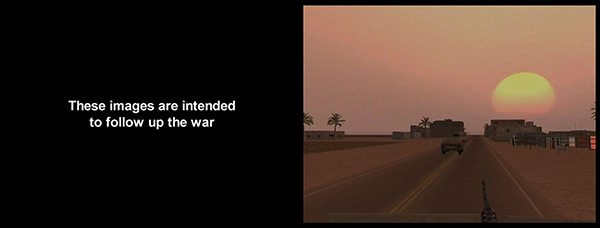
Harun Farocki, still from Serious Games IV: A Sun with No Shadow, 2010
© the artist
Lovejoy: In Serious Games IV: A Sun with No Shadow, Farocki uses the titles to point out that the software for video games used for PTSD therapy is a little cheaper—the objects themselves don’t cast shadows in the digital reconstructions. Whereas with Serious Games I: Watson is Down, in the software meant for training, all the objects have shadows and the graphics are more expensive. These videos demonstrate how capitalism affects the military’s visual representations of conflict. Did you choose to put these videos next to each other?
Ditner: I was interested in the direct relationship between these two works: some of the footage overlaps—the same tank crew training is seen in both videos. Farocki’s nuanced commentary directs our attention to the absence of shadows. This seems almost a formal question, but in fact points to the financial investment, and thus, priority. It’s not in recovery, or how the U.S. military treats veterans.
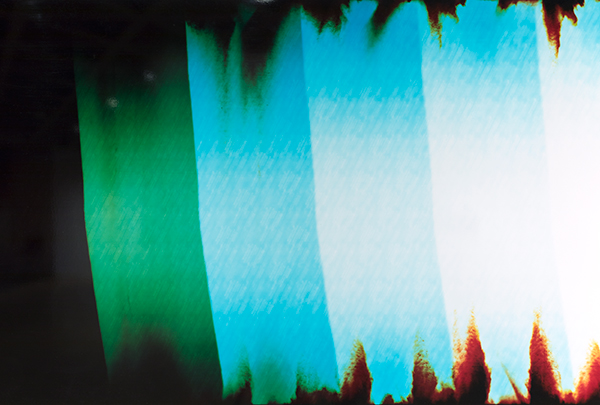
Adam Broomberg and Oliver Chanarin, The Day Nobody Died V (detail), 2008
© and courtesy the artists
Lovejoy: The Day Nobody Died by Broomberg and Chanarin has two parts: a video that follows a package as it changes hands throughout the military, and next to it, an abstract artwork, part of the long roll of photographic paper that was inside the package. Tracing the shipment of the abstract piece illustrates the vast network of the military—socially and physically.
Ditner: In 2008, Broomberg and Chanarin embedded with the British military in Afghanistan. Their fifth day in Afghanistan was the first day on which there were no fatalities, they made the exposure that became The Day Nobody Died V, June 10, 2008. Broomberg and Chanarin created this work by briefly exposing a rolled, twenty-foot section of photographic paper to sun. The photograph was not made from a negative, but by transporting the paper all the way to Afghanistan so that, although completely abstract, it bears a physical relationship to the place. The image subverts expectations of war photography and calls attention to the limits of photojournalism and of the embedding process itself, which was invented by the army to control how journalists cover conflict.
The accompanying video records the soldiers who helped transport the box, and offers a glimpse into the discipline and daily routines of a deployed soldier, while the gaps in the footage point to the constraints placed on what embedded photographers are allowed to record.

SITU Research, still from Report: Euromaidan Event Reconstruction, 2017
Courtesy the artists
Lovejoy: How does SITU Studio approach image-making in their piece Euromaidan Event Reconstruction?
Ditner: SITU is an architecture and design studio in Brooklyn. An increasingly important branch of their work focuses on spatial and forensic analysis in the service of human rights investigations. Euromaidan Event Reconstruction (2017) relates to the protests demanding re-integration with the EU that took place in central Kiev, Ukraine between November 2013 and February 2014. On February 20, approximately forty-seven civilians were killed. SITU worked with the Ukrainian legal team representing civilian families to reconstruct the events for court. SITU worked with Carnegie Mellon’s Center for Human Rights Science to analyze over sixty-five hours of video captured by closed-circuit television cameras, protesters, citizen journalists, and news broadcasts. The reconstruction employs video footage, digital models, medical reports, and a host of other relevant data to assess whether the Ukrainian military coordinated to fire on the unarmed protesters. The material has been partially redacted as the case in ongoing, as part of a long series of trials prosecuting former Ukrainian President Viktor Yanukovych.
Extracting data from these videos and spatial analysis of the surrounding environment challenges conventional definitions of war photography, and in many ways, limits and definitions of photography itself.
Before the Event/After the Fact: Contemporary Perspectives on War is on view at the Yale University Art Gallery through December 31, 2017.
